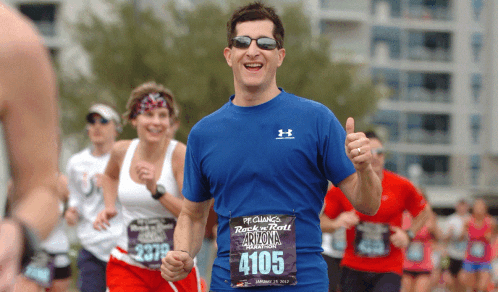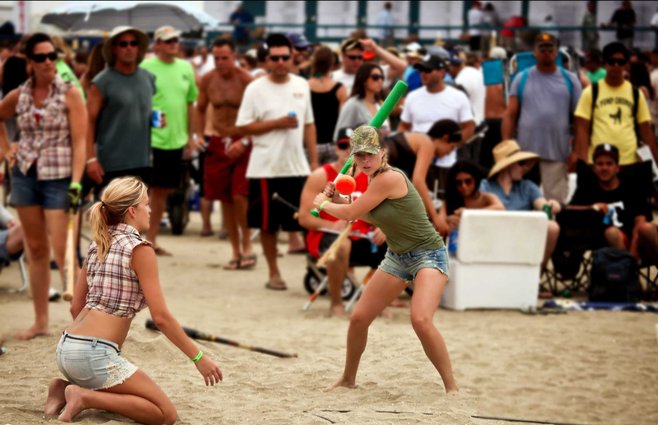By: Sarah McWilliams
The Achilles tendon is the largest tendon in the body and is essential for active individuals. The tendon connects the heel to the calf muscle stretching and contracting as you move, allowing you to walk, point your toes, jog and jump, and also helping to control your body weight. While the Achilles tendon is continually activated, it is especially crucial for athletes competing in explosive sports where jumping and darting are the norm.
Who’s at risk?
According to Dr. Jung of the Kerlan-Jobe Orthopaedic Clinic, “75 percent of Achilles ruptures are due to sporting activity.” Essentially, if you are an active adult, then you are at risk for an Achilles rupture.
The Kerlan-Jobe Orthopaedic Clinic sees more male patients with Achilles injuries than female patients. However, there is no concrete evidence to show that sex has any correlation. One possibility is that the types of activities that tend to cause this injury happen more often in male-dominated arenas. This injury is also more common for people in the 30-50 age range.
As we age, our body slowly degenerates, which can cause tendons to tear more often than when we’re younger. Therefore, doctors see this injury in older populations more often than teens or young adults.
 According to WebMD, those active in the following sports are at higher risk for Achilles tears.
According to WebMD, those active in the following sports are at higher risk for Achilles tears.
- Running
- Gymnastics
- Dance
- Football
- Baseball
- Softball
- Basketball
- Tennis
- Volleyball
What are the symptoms?
Achilles tears often happen very suddenly. Achilles tears typically don’t give many signs that they are about to happen. Sometimes people will feel soreness and minor pain while doing physical activity, but it generally happens without much warning.
“Classically, people describe a pop in the back of their leg as if they’ve got kicked,” Dr. Jung states.
If you tear your Achilles, you may also have tenderness, stiffness and swelling along with pain behind the heel, which may be exacerbated when standing on your toes or shifting your weight to the balls of your feet.
How do you diagnose this type of injury?
An orthopedic surgeon can usually feel the gap in your tendon if the Achilles has fully ruptured. An MRI or ultrasound is used to determine the extent of the injury. There is also a test known as the Thompson’s test in which your doctor will have you bend your knee and squeeze your calf, watching for the ankle movement. If you incur plantar flexion, in which the foot points away from the leg, it’s a good sign your Achilles has ruptured. This test tends to be accurate, although most doctors will perform and MRI to be sure.
 What are the treatment options?
What are the treatment options?
Surgery may be performed for a ruptured tendon, but some choose to go a more conservative route which would include physical therapy. While research has shown that surgery has a lower rate of recurring ruptures there are also always complications associated with surgery such as wound infection, and there are always added risks with anesthesia. Both options typically lead to full recovery.
How long is the recovery period?
An extensive recovery period is required for both operative and non-operative treatment. In addition to the time to allow tendon healing, the calf muscle loses much of its strength during this time, which also contributes to the long recovery period.
For a typical athlete, it will take close to a full year to recover from an Achilles rupture and anywhere from 3-6 months to recover from a partial tear. There is very little way to speed this process up, and physical therapy is almost always necessary to aid in the recovery.
The surgery is technically easy for many orthopedic surgeons, but the recovery is more difficult restoring the tension in the calf muscle.
It’s a long recovery process, but people are able to get back to recreational activities.
Commonly Mistaken Injuries
Injuries that are commonly mistaken for Achilles tears and ruptures include inflamed Achilles, commonly referred to as Achilles tendonitis, arthritis and calf muscle strains and tears.
 ATLX The only sports entertainment television and digital media network fully devoted to everyday athletes, athletic lifestyle and athletic culture.
ATLX The only sports entertainment television and digital media network fully devoted to everyday athletes, athletic lifestyle and athletic culture.





